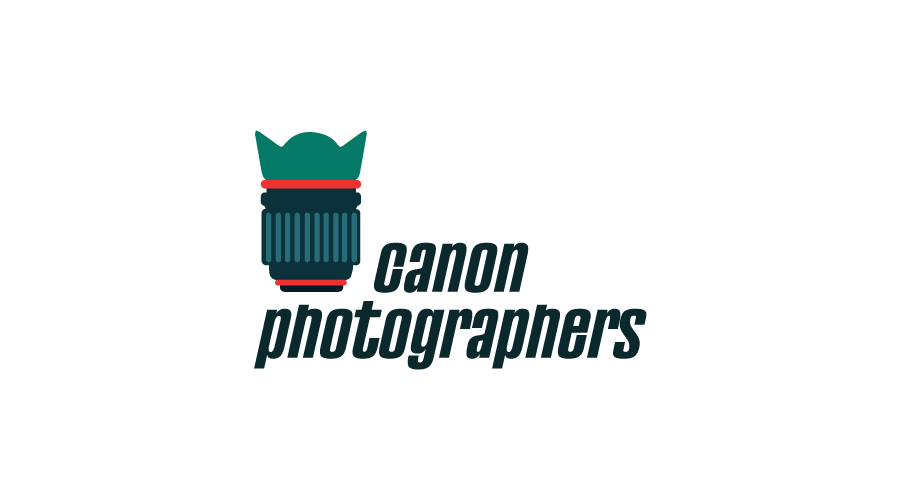Photoshop is a robust and well-liked piece of software that has completely changed how digital images are edited and manipulated. With so many features and tools at your disposal, learning Photoshop can be a challenging but worthwhile adventure. Understanding the numerous tools and functionalities is crucial to maximizing the potential of this creative software, regardless of your level of experience. In this thorough introduction, we’ll look at some of the most important Photoshop features and tools and show you how to use them to their fullest potential when working on design projects.
The Marquee Device
One of Photoshop’s fundamental selection tools is the Marquee tool. You can make choices using a variety of forms, such as rectangles, ellipses, and single rows or columns. When combined with modifier keys like Shift and Alt, the Marquee tool can be used to add, delete, or intersect selections, giving you greater control over the editing process.
Moving Tool
The Move tool allows you to move selections or entire layers inside your Photoshop canvas, as its name implies. You may simply move pieces using this tool, drag and drop photos, and precisely align things.
Tool for the Clone Stamp
For picture editing and eliminating undesired features, the Clone Stamp tool is essential. It enables you to smoothly clone a section of an image onto a sampled portion of the image. It takes time and skill to master this tool, but the results may be astounding.
The Remedy Brush Tool
The Healing Brush tool allows you to eliminate flaws and defects from your photographs similarly to the Clone Stamp tool. But it accomplishes this by fusing the sampled pixels with the surrounding area, giving a more realistic and smooth image.
layer masks and layers
In Photoshop, understanding layers is essential. Layers make managing complicated compositions easier by allowing you to work on various design components separately. The transparency of individual layers can be adjusted using layer masks, which gives you more freedom while editing and making non-destructive adjustments.
Adaptation Layers
For non-destructive image manipulation, adjustment layers are crucial. They enable you to modify your image’s color, contrast, brightness, and other features without directly affecting the original pixels. You can experiment with adjustment layers to create the ideal look for your project.
Effects and Filters
A variety of filters and effects available in Photoshop can significantly alter your photographs. Exploring these possibilities might result in novel and imaginative outcomes, from straightforward blurs and gradients to complex artistic effects. Avoid using effects excessively since subtlety frequently produces superior results.
Paths and the Pen Tool
You may construct exact pathways and shapes in Photoshop with the Pen tool, which is a flexible feature. Custom selections, vector shape definition, and smooth curve creation—all essential elements of graphic design and digital illustration—are made possible by paths.
Tool Text
Numerous text tools are available in Photoshop to help you add typography to your designs. You can make text-based compositions look more appealing and polished by comprehending text layers, character and paragraph styling, and the Text Warp tool.
Conclusion
Although mastering Photoshop’s features and capabilities requires ongoing learning, with experience and experimentation, you can improve your design abilities significantly. There is still so much to learn about the fundamental tools and features that have only been briefly touched upon in this book. To create outstanding artworks that leave an effect on your audience, keep in mind to mix your technical expertise with your creative vision. Glad editing!


